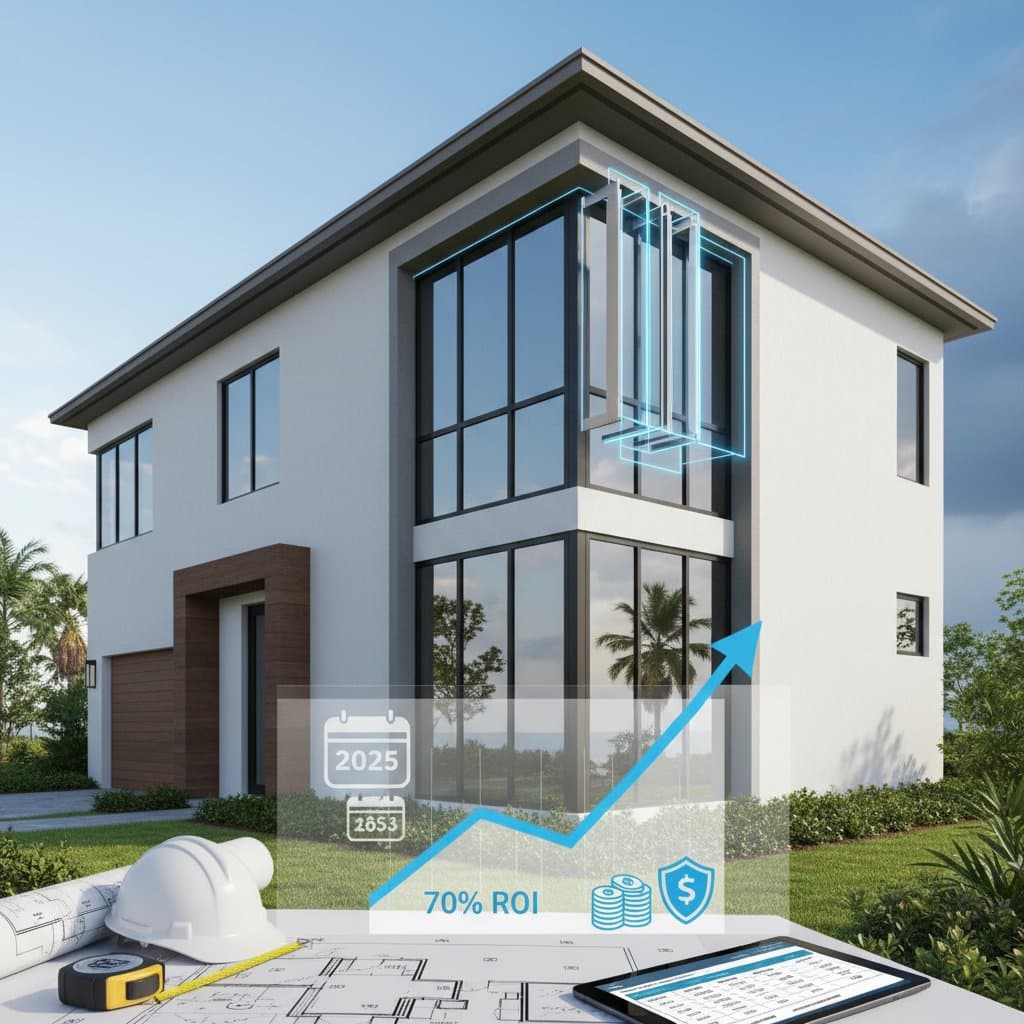Granny Pod Costs in 2025: Permits, Installation, and Full Breakdown
Granny pods, also known as backyard cottages or accessory dwelling units, provide families with a practical option for aging in place. These compact homes allow seniors to live independently near loved ones while preserving privacy. However, the total investment extends far beyond the initial purchase price. Families must account for permits, site work, utilities, and ongoing expenses to make an informed decision in 2025.
Key Components of a Granny Pod
A standard granny pod includes essential living spaces: a bedroom, full bathroom, compact kitchen, and living area. Sizes typically range from 300 to 800 square feet. Advanced models incorporate universal design elements, such as zero-step entries, grab bars, and smart home integrations for health monitoring.
Installation encompasses several steps. Factory-built units arrive pre-assembled for quicker setup, while custom builds occur on-site. Compliance with local codes as an accessory dwelling unit requires adherence to zoning restrictions, including minimum lot sizes and distance from property lines.
Breaking Down the Costs
The core structure costs between $80,000 and $160,000 in 2025, influenced by size, materials like durable siding and energy-efficient windows, and built-in appliances. Prefab options start lower but add fees for crane delivery in tight spaces.
Additional expenses accumulate quickly:
- Site preparation, including excavation and a concrete slab foundation: $12,000 to $35,000, depending on soil type and terrain.
- Utility hookups for water, sewage, electricity, and possibly natural gas: $6,000 to $25,000, higher in rural areas needing septic systems.
- Permits, engineering plans, and professional surveys: $4,000 to $10,000, varying by jurisdiction.
- Custom features like solar panels or HVAC upgrades: $15,000 and up.
Expect a total outlay of $150,000 to $250,000 for a turnkey project. Compare this to annual assisted living costs, which average $50,000, to assess long-term savings.
Navigating the Permit Process
Securing approvals demands patience and preparation. Start by consulting your local planning office to confirm zoning eligibility—many areas now permit granny pods under relaxed rules for multigenerational housing.
The process unfolds in stages:
- Submit a preliminary application with site sketches and proposed layout.
- Undergo a zoning review to verify setbacks (often 5-10 feet from boundaries) and lot coverage limits.
- Provide detailed blueprints for structural integrity, plumbing, and electrical compliance.
- Schedule phased inspections during construction: foundation pour, framing, rough-ins, and final walkthrough.
- Obtain the certificate of occupancy upon passing all checks.
Processing times range from 4 to 12 weeks. Engage a local architect or permit expediter to streamline paperwork and avoid rejections, which can add months and thousands in fees.
Uncovering Hidden and Ongoing Costs
Financing options like home equity lines of credit often necessitate updated appraisals, potentially increasing borrowing rates. Insurance policies may exclude detached structures unless riders are added, raising premiums by 10-20 percent.
Overlooked items include:
- Landscaping repairs after construction: $2,000 to $5,000.
- Electrical service upgrades to handle added load: $3,000 to $8,000.
- Separate utility metering, mandated in some locales: $1,500 installation plus higher bills.
Homeowners associations require prior board consent, and neighbor objections can complicate approvals. Factor in annual property tax hikes of 1-2 percent on the added value.
Assessing Financial Benefits and Risks
Granny pods enhance home equity, with resale boosts of 5-10 percent in supportive markets. Calculate break-even by dividing total costs by avoided care expenses—many families recoup investments within 3-5 years.
Modular units depreciate slower with quality builds, especially those certified for energy efficiency. Consider future uses, such as renting for supplemental income, but verify local short-term rental laws.
Steps to Sidestep Installation Pitfalls
Conduct a professional soil test early to detect issues like poor drainage, which could demand costly reinforcements. Review setback maps and flood zone status to ensure feasibility.
Solicit bids from at least three contractors, insisting on itemized quotes covering labor, materials, timelines, and warranties. Scrutinize fine print for exclusions on weather-related delays or foundation shifts.
Document everything: contracts, change orders, and inspection reports. This protects against disputes and supports insurance claims.
Securing Lasting Value from Your Granny Pod
Investing in a granny pod demands thorough due diligence on regulations and budgets. By addressing permits upfront, budgeting for extras, and selecting reliable professionals, families create a supportive living arrangement that pays dividends in comfort and cost savings. This approach ensures the structure serves generations without unforeseen burdens.



